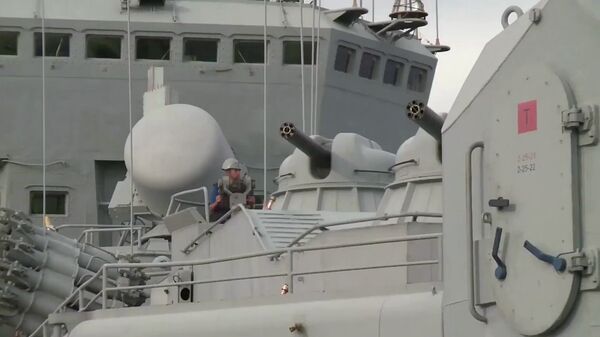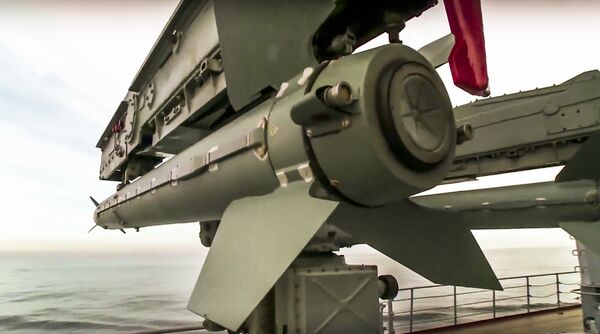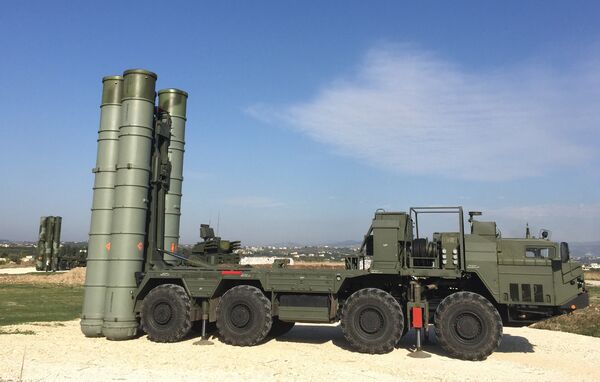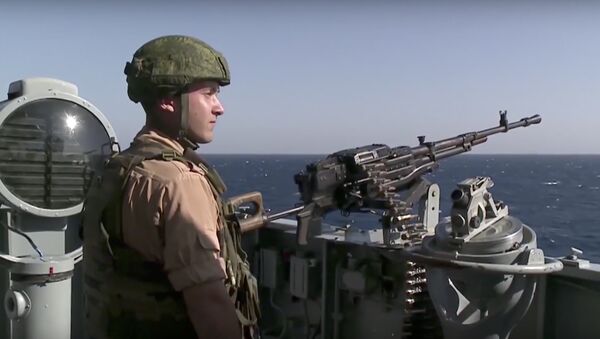The apparent reason for the abstention of the military confrontation is “the formidable S-300 air defense system” mounted on the Russia missile cruiser Moskva off the Syrian coast and its even more powerful S-400 air defense system, deployed on the ground, according to Defense reporter Dave Majumdar.
“US Air Force F-15C Eagles operating out of Turkey’s Incirlik air force base are not cleared to defend Ankara’s airspace even if confronted by Russian or Syrian warplanes,” he wrote in an article for The National Interest magazine.

The fighters were initially deployed “because of increased Russian air activity near the border,” he adds.
“As one senior US Air Force official explained, the service deployed six F-15C Eagle air superiority fighters and six F-15E Strike Eagle strike fighters to the Incirlik air base in November. While the Strike Eagles were tasked to hit Daesh targets in northern Syria, the F-15Cs were sent to stiffen Turkish air defenses against Russian encroachments,” the author explains.

However after the shootdown of the Russian Su-24 bomber Russian forces moved the missile cruiser Moskva to the Syrian coast, he explains.
“The massive warship is equipped with the powerful S-300F air defense system. The formidable S-300 is a deadly threat to conventional fighters like the F-15 and F-16.”

“Subsequently, the Russians deployed the even more fearsome S-400 air defense system to their base in Latakia, Syria, which enables them to engage targets deep inside Turkish airspace with relative impunity.”

“The whole Russian shoot-down and subsequent major Russian deployments of weapons in Syria is making this whole thing a mess,” the author quotes one Air Force official as saying, without revealing his name.
The United States and Turkey however are working on an agreement to allow the US Air Force F-15Cs to defend Turkish airspace.
The precise rules of engagement and procedures have yet to be” ironed out” to avoid a repeat of the deadly incident in the Syrian airspace.



